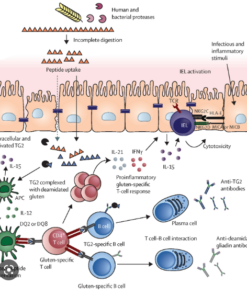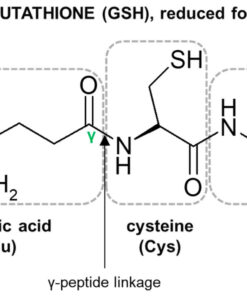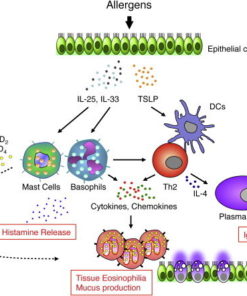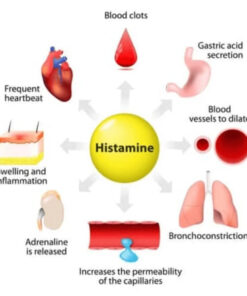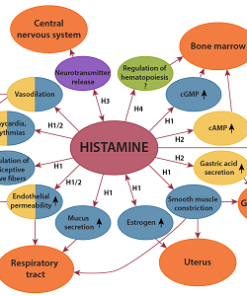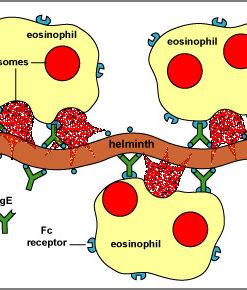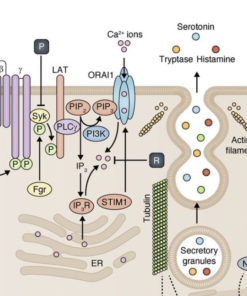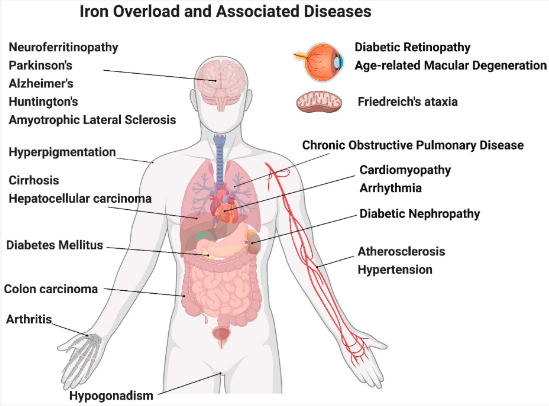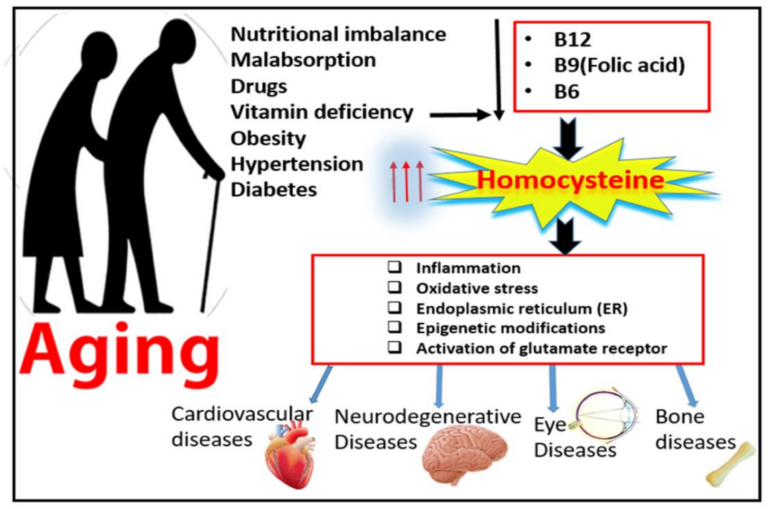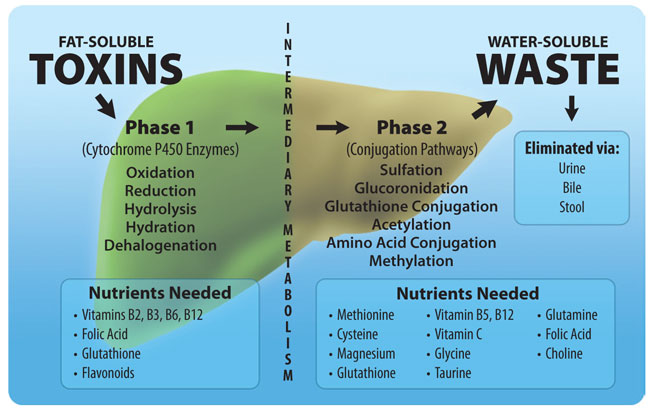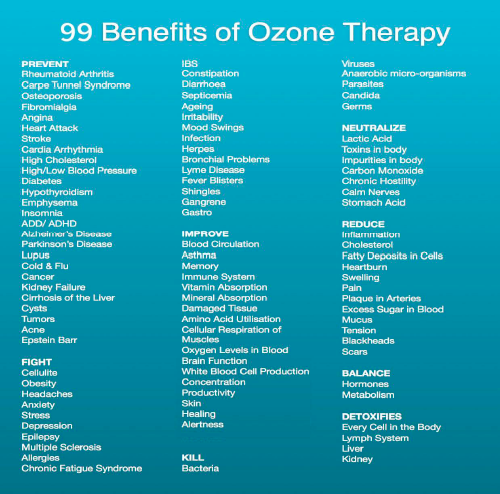
Migraines, Autism, and Gluten Allergies: The Underlying Role of Histamine, Undermethylation, and DAO
In this post, we will explore the complex connections between migraines, autism spectrum disorder (ASD), gluten allergies, histamine metabolism, undermethylation, and the activity of the diamine oxidase (DAO) enzyme. Understanding these associations can be crucial in finding the most appropriate management strategies for individuals affected by these conditions. Research has been uncovering how these factors are interrelated, highlighting the importance of a holistic approach to addressing these health concerns.
Migraines, Autism, and Gluten Allergies: Inflammation and Histamine Connection
Migraines are a type of headache characterized by severe, throbbing pain, often accompanied by nausea, vomiting, and sensitivity to light and sound. Autism spectrum disorder (ASD) is a developmental disorder that affects communication, social interaction, and behavior. Some individuals with migraines or ASD may have underlying gluten allergies or non-celiac gluten sensitivity, which can cause inflammation and immune activation, potentially triggering migraine attacks or influencing brain function and behavior in individuals with ASD.
Moreover, gluten allergies or sensitivity may also affect histamine metabolism, leading to elevated histamine levels that could contribute to the development of migraines and the exacerbation of ASD symptoms. Evaluating the connections between gluten allergies, intestinal inflammation, and histamine metabolism can help determine their role in migraines and autism and provide crucial information for developing targeted interventions.
Dr. Walsh's Research on Undermethylation, Neurotransmitters, and Mood in Autism
Dr. William Walsh, a biochemist and expert in nutrient-based psychiatry, has conducted research demonstrating that the majority of individuals with ASD are undermethylated. Undermethylation has significant consequences on neurotransmitter activity and mood in individuals with ASD. When methylation levels are low, DNA histones are affected, leading to an increased output of serotonin (SERT) and dopamine (DAT) transport proteins in the brain. These transport proteins are responsible for the reuptake of serotonin and dopamine, and an increased production of these proteins can lead to a reduction in the availability of these neurotransmitters.
Low serotonin and dopamine activity are associated with mood disorders such as depression and anxiety. In individuals with ASD who are typically undermethylated, as demonstrated by Dr. Walsh's research, these mood imbalances can exacerbate their overall symptoms and contribute to challenges with social interaction, communication, and behavior.
Moreover, undermethylation in individuals with ASD can have a compounding effect on systemic histamine levels. As previously described, elevated histamine levels can impact brain function and behavior, since histamine is a neurotransmitter involved in various physiological processes, such as wakefulness, attention, learning, and memory. Additionally, histamine can modulate the release of other neurotransmitters like dopamine, serotonin, and norepinephrine, which play crucial roles in mood regulation and cognitive functions.
Understanding the impact of undermethylation on neurotransmitter activity and mood in autism, as highlighted by Dr. Walsh's research, can provide valuable insights for developing targeted interventions to improve the well-being of those affected by ASD. Addressing both methylation imbalances and histamine metabolism may prove to be essential in optimizing treatment plans and enhancing the quality of life for individuals with ASD and related mood disorders.
Undermethylation, Histamine, and Autism
Undermethylation might also have consequences on histamine metabolism. Histamine N-methyltransferase (HNMT) is a methyl-dependent enzyme responsible for inactivating histamine within cells. In undermethylated individuals with ASD, this process might be compromised due to insufficient availability of methyl groups, leading to elevated histamine levels. Elevated histamine levels could potentially influence brain function and behavior in individuals with ASD, as histamine is a neurotransmitter involved in various physiological processes, such as wakefulness, attention, learning, and memory. Furthermore, histamine can modulate the release of other neurotransmitters, such as dopamine, serotonin, and norepinephrine, which play crucial roles in mood regulation and cognitive functions.
DAO, Histamine Metabolism, and Their Implications in Migraines and Autism
If undermethylated individuals with ASD also have low DAO activity, the situation could be further exacerbated. DAO is the primary enzyme responsible for breaking down extracellular histamine in the gut and circulation. Reduced DAO activity could contribute to histamine intolerance, which may manifest as gastrointestinal issues, headaches, skin reactions, or other symptoms. Elevated histamine levels in individuals with ASD could potentially influence brain function and behavior, as histamine is a neurotransmitter involved in various physiological processes, such as wakefulness, attention, learning, and memory. It is essential to consider the role of DAO and histamine metabolism in managing migraines and autism symptoms to achieve better outcomes for those affected.
Conclusion
The associations between migraines, autism spectrum disorder, gluten allergies, histamine metabolism, undermethylation, and DAO activity are complex and not yet fully understood. However, identifying these connections and implementing tailored management strategies, such as dietary changes and targeted nutritional interventions, can be crucial in improving the quality of life for those affected by these conditions. As more research is conducted on the interplay between these factors, we can gain a better understanding of how to optimize treatment plans for individuals with migraines, ASD, and gluten-related disorders. By addressing histamine metabolism, undermethylation, and inflammation, we can pave the way for more effective and personalized approaches to managing these challenging health issues.
Testing for Allergies and Inflammation
Inflammation
Inflammation
Other Single Item Tests
Walsh Approach Single Tests
Other Single Item Tests
Other Single Item Tests

